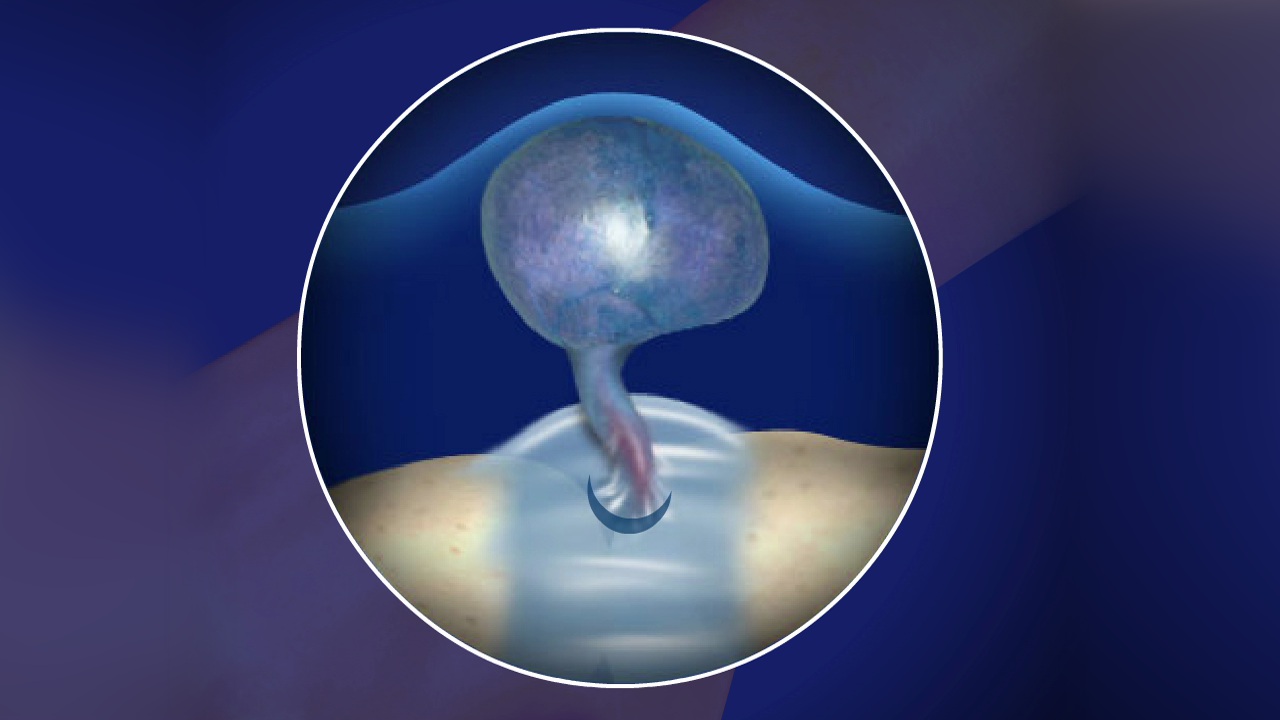Everything You Need To Know About Cyst

What is Cyst?
A cyst is a structure on the skin that looks like a closed like sac, it is not a normal part of the tissue where it is seen. It is membranous tissue that contains fluid, air, or other kinds of substances. Often, they look more like blisters. The sac is filled with pus.
Cyst occurs anywhere and to anyone regards of age, background, religion, skin colour. They can be so tiny that can only be seen under a microscope; be so large that they displace normal organs and tissues; they vary in size. Often, most Cysts are asymptomatic and have no signs to indicate their development.
Causes of Cyst
Many things cause the formation of a cyst. The major ones are:
Types of Cyst
There are several types of Cyst, but I will be writing about a few of them
These are the remaining types of Cyst
Symptoms of Cyst
Most of the small Cyst don’t show symptoms or signs of development as mentioned earlier, even at this some of them can very painful. The cysts that are associated with the internal organs might not show any sign if they are small, but if they are large and they if they compress or displace other organs or if they block the normal flow of fluid in the tissue like the pancreas, liver or another organ, then pain is inevitable and other symptoms that are related to those organs may develop.
Looking for a cure to cyst? Contact us at 09090634121.





